At this point, you’re probably well aware of many gods and goddesses from various ancient civilizations. Ancient Greece? That’s easy, especially for those who’ve played God of War or watched a Disney film. Zeus, Hera, Hercules—pretty standard stuff all things considered. What about the gods and goddesses of ancient Egypt? It’s also somewhat easy due to how famous they are in pop culture. Ra, Anubis, Seth, Osiris—once again, pretty easy.
How about the deities of the Mesopotamian civilization? It’s understandable if you can’t come up with a single one, as these deities can be somewhat obscure as they haven’t made too big a splash in pop culture. Did you know there’s a Babylonian scholarly work listing the names of over 2,000 deities? We won’t go that far, but we will present to you some of the most important gods and goddesses in the Mesopotamian pantheon.
Anu
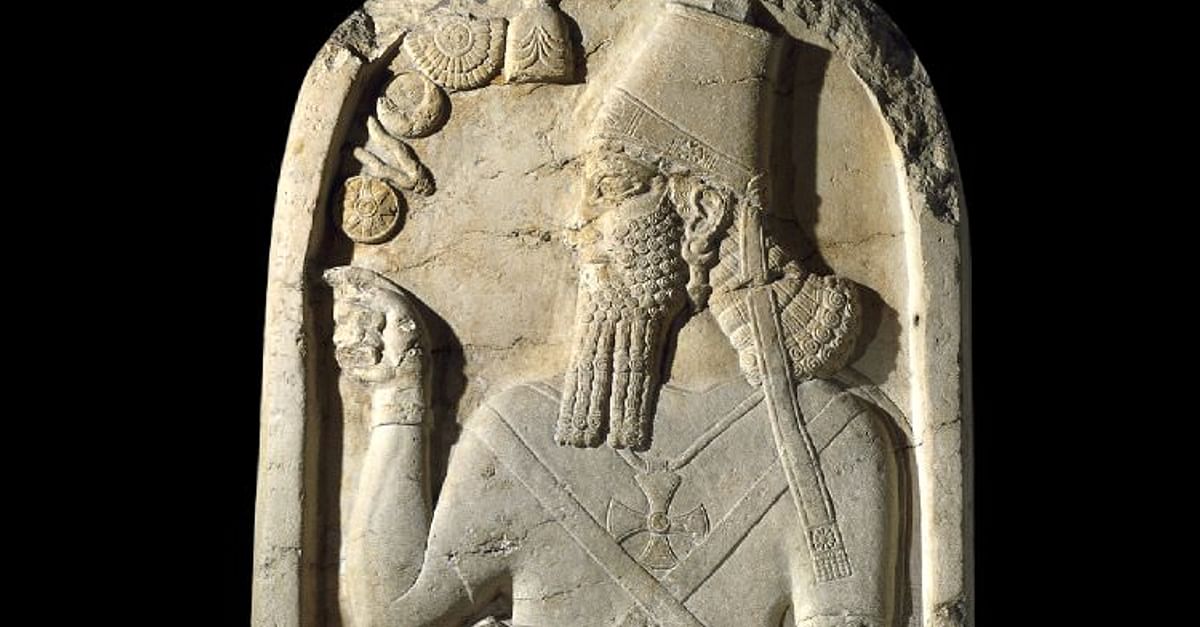
Let’s kick off the list with perhaps the most important god in the Mesopotamian pantheon. Anu (Akkadian) or An (Sumerian) is known as the supreme god, who embodied the equatorial sky, and is known as the prime mover of creation. In some of the theological systems of ancient Mesopotamia, all other gods came from Anu. Interestingly enough, Anu has his own list of family trees and descendants, which causes some confusion among historians and chroniclers.
Another interesting fact about Anu is while he’s considered the supreme god, there is another that often takes the spotlight in many cases—Enlil. Nevertheless, Anu is known as the god of heaven in all of its transcendental obscurity.
Enlil

It’s strange that Enlil is considered the chief among the gods, while Anu is considered the god of creation and the prime mover. There’s a lot of speculation between the two, but if it helps, Enlil would be similar to someone like Zeus as chief of all gods, whereas Anu would be more like the prime God of Christianity. Enlil would later be known as Ellil, and is considered the god of the wind, the storms, and the earth.
That said, despite Enlil’s similarities to Zeus as chief of all gods, Enlil was practically the opposite in terms of attitude. Zeus had a temper and was very much human—Enlil was benevolent and treated all the gods fairly, as well as looked after the humans. It’s said that he was so benevolent, that even the other gods had a hard time keeping from being awed at his presence.
Marduk

It might seem kind of odd that Marduk is known as the god of Babylon, whereas Anu and Enlil seem to have much more power and dominion. However, it’s crucial to note that Marduk’s introduction essentially had him replacing Enlil as the chief of gods. In a way, Marduk is like a combination between Anu and Enlil, as a god that grew with Babylon. There are even some sources that omit Anu and Enlil altogether.
When it comes to the dominion of Marduk, all you have to do is look into the different powers and abilities of Anu and Enlil. During the time of the Babylonians, Marduk overtook both gods to become the most important deity in the pantheon. In some strange way, Marduk, Enlil, and Anu all share a strange connection—as well as another god we’ll be talking about in a bit.
Enki
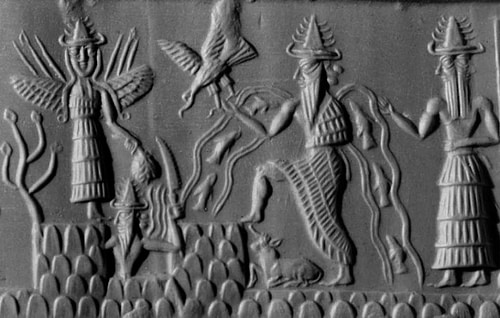
Enki is the god of the subterranean freshwater ocean, though he was also known as a god of incantations, arts, crafts, and wisdom as a whole. Some sources cite Enki as the son of Anu, though he might also have been the son of the goddess Nammu. If Enlil was known for his benevolence and willingness to help humanity whenever possible, Enki had the same disposition.
It’s said that it was Enki who saved humanity from the Great Flood—and he was considered the divine benefactor of humanity. He was also known as the holder of the sacred Mes, or tablets which held all aspects of human life. While Enlil watched over humanity, Enki had a much more hands-on approach when it came to humans.
Ashur

Ashur is known as the national god of the Assyrians, similarly to how Marduk was known as the national god of the Babylonians. In the beginning, Ashur had no relations with any of the gods. He had no parents, no spouse, no children. That said, he eventually went the way of Marduk, and started to be associated with Enlil, to the point where it was said Ashur’s wife and children emulated that of Enlil. As stated above, this is the god that shares the strange connection between Anu, Enlil, and Marduk.
There are even some sources that replaced Marduk with Ashur, which further adds to the confusion. Ashur may have originally been a local god connected with the city of Assur.
Nanna
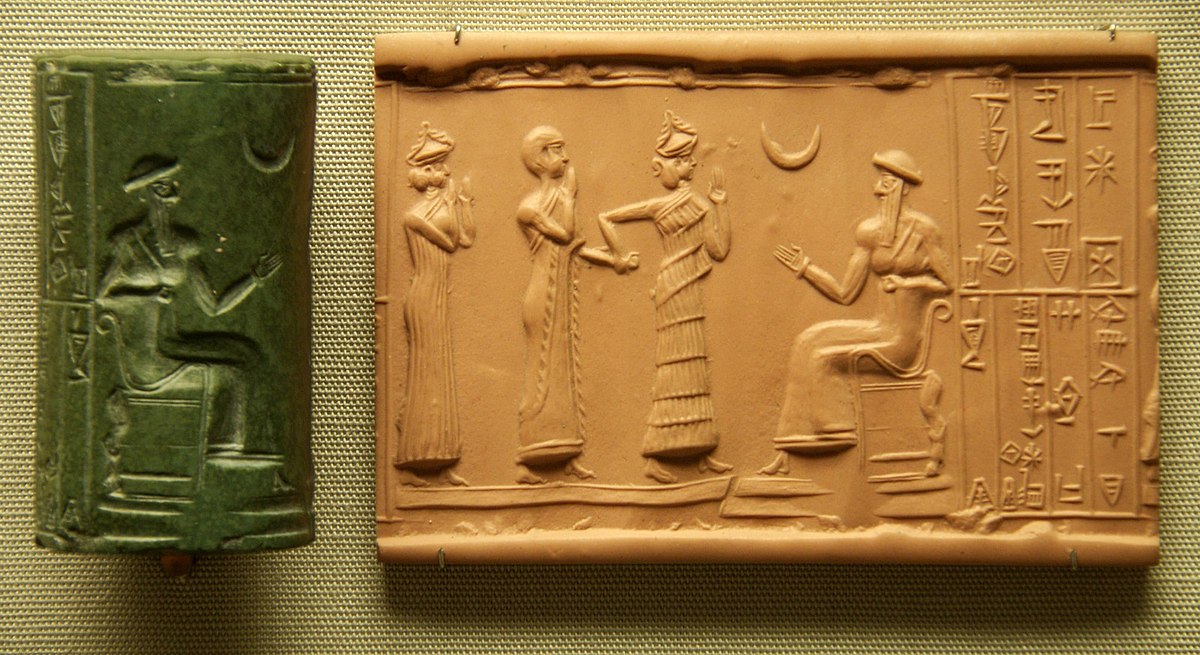
Nanna is known as the ancient Mesopotamian god of the moon. He was known as the son of Enlil and Ninlil, though some sources have Nanna replacing Enlil as the chief of all gods. There are quite a few myths around Nanna, including the story about his conception, and how he managed to travel from the Mesopotamian underworld to Nippur. Nanna’s influence was such that he was considered the supreme god, and his advisors included Enlil and Anu.
While he’s often considered the son of Enlil, Nanna was one of the oldest gods of the Mesopotamian pantheon. In fact, he was first mentioned in the very dawn of writing—as the Mesopotamians invented the concept of writing. As one of the first gods to appear in the dawn of writing, it gives Nanna this air of divine authority.
Nabu

As the Mesopotamian god of scribes and writing, he was associated with the planet Mercury, though the evidence has been described as circumstantial. While he was the god of writing, he was also later seen as a god of agriculture and wisdom. When you consider what Nabu represents, it showcases just how important he was to the Mesopotamian pantheon. You might have noticed how Nabu’s visage is quite similar to Marduk—whose visage is also similar to Enlil.
At the time, Nabu was one of the most prominent gods of the pantheon, which was why the things he presided over were so important in Mesopotamian society. Writing, scribes, agriculture, and wisdom—these were all crucial parts of the Mesopotamian civilization.
Utu
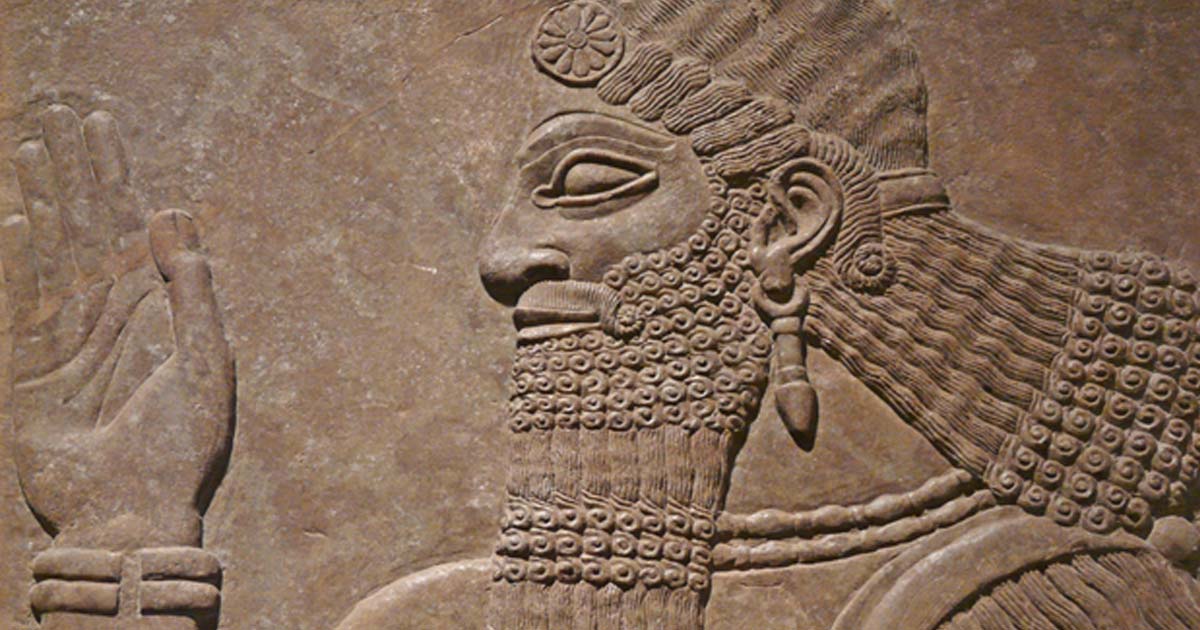
Aside from being known as the Mesopotamian god of the sun, Utu was also known as the god of morality, truth and justice. He has a few similarities to ancient Egyptian deities, such as Ra, the Egyptian god of the sun. That said, Utu has the distinction of going so far as to save those in trouble. It’s said that Utu can see all things that happen during the day, being the god of the sun.
A god going out of his way to save mortals from distress is undoubtedly a rarity among deities, which is why many people consider Utu as one of the greater gods of the pantheon.
Inanna
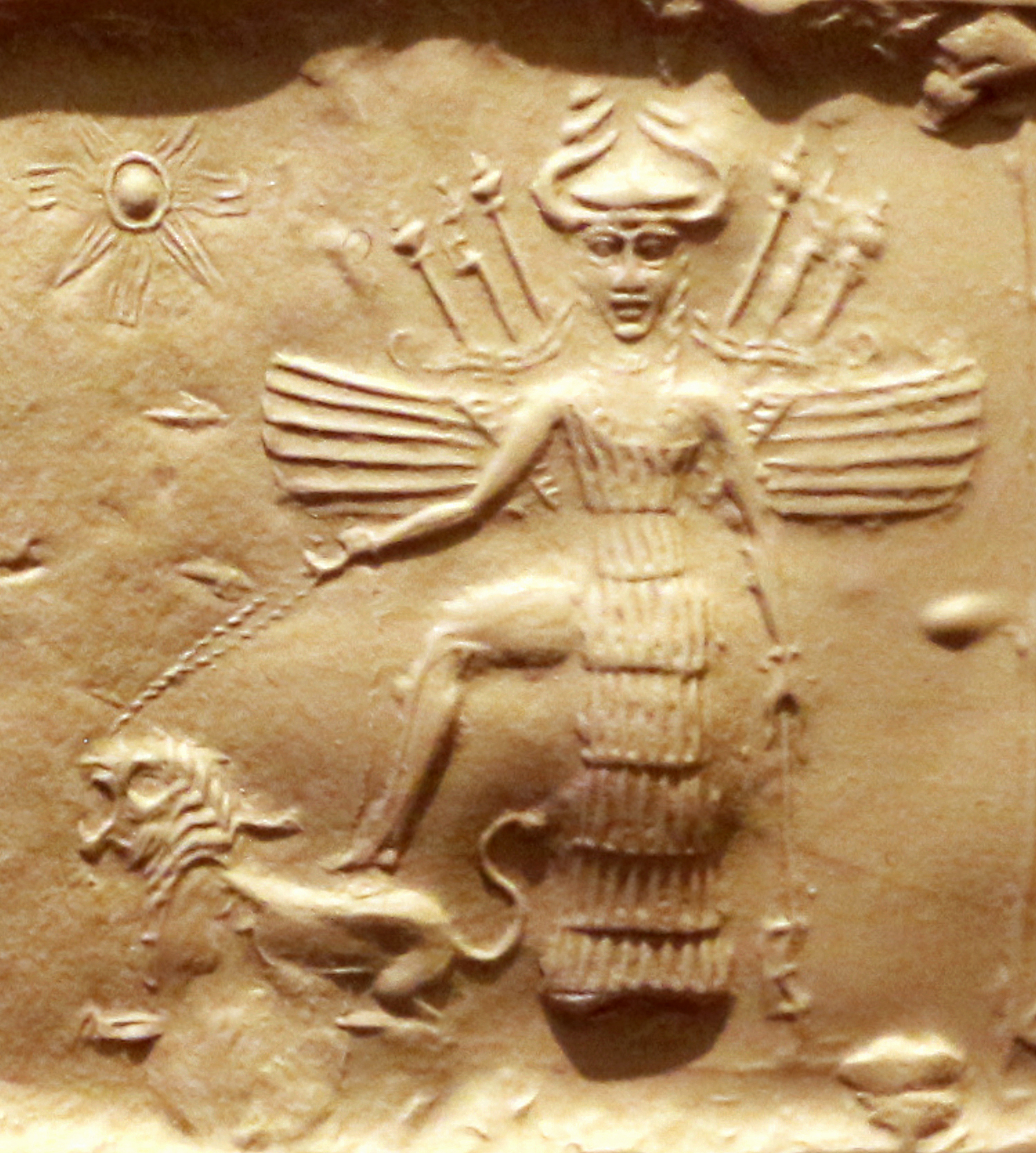
In the case of supreme importance, Anu has the top spot. In the case of popularity and overall importance in the number of myths, Inanna (or Ishtar) rules above all as the most important goddess in the entire pantheon. Many of her myths involve the goddess trying to usurp the position of other gods in the Mesopotamian pantheon.
Inanna’s most popular story involves her attempt to conquer the underworld, only for her to die in the attempt. She was eventually saved by Enki, but her husband, Dumuzid, was forced to take her place. There are so many stories about Inanna that we recommend you research some of her most popular myths!
Dumuzid

Dumuzid, as mentioned above, is the husband of Inanna, and he was forced to take her place in the underworld when she was resurrected and saved. That aside, he’s the ancient Mesopotamian god of shepherds. Dumuzid is also associated with the growth of plants, making him a popular and beloved god among the Mesopotamians.
The ancient civilization also saw Dumuzid as the physical manifestation of springtime. They often celebrated his arrival with spring, but during the summer months they would mourn Dumuzid as though he had died. As far as the topic of his death goes, there are a surprising number of accounts of his death, making Dumuzid a relatively popular figure in both life and death.